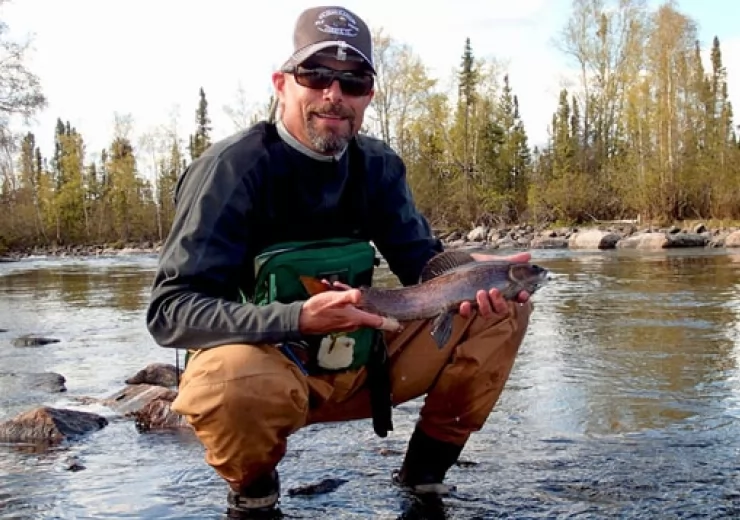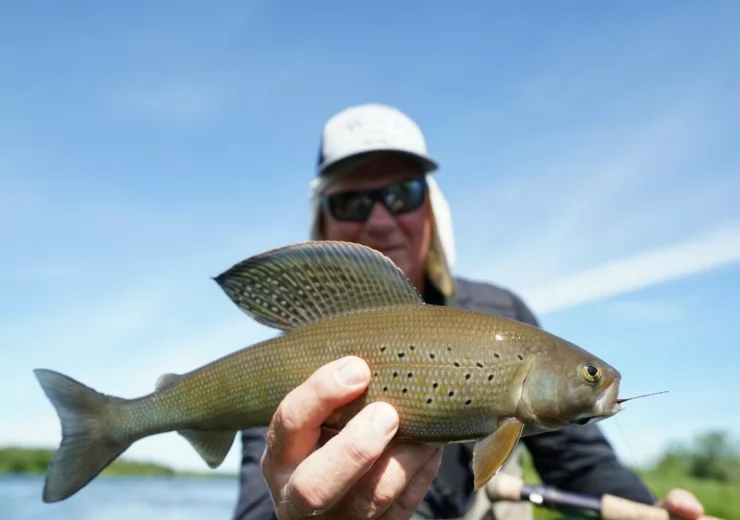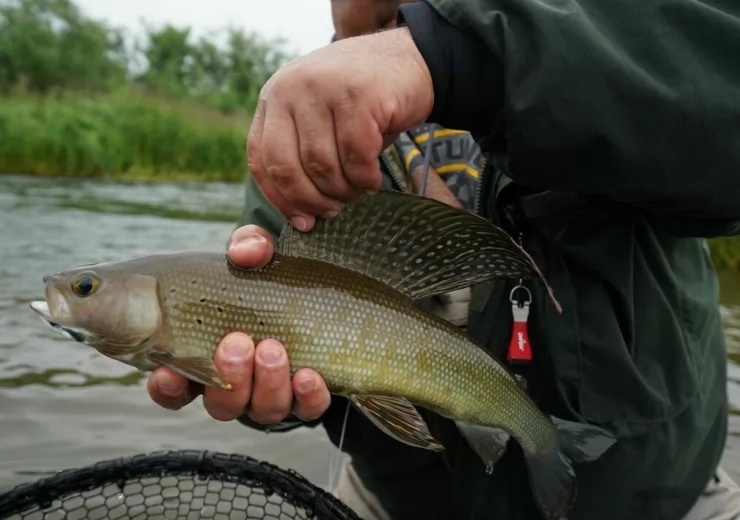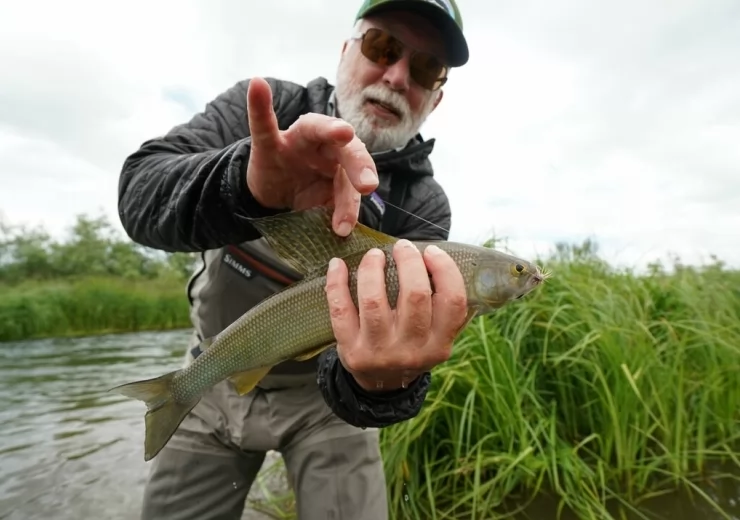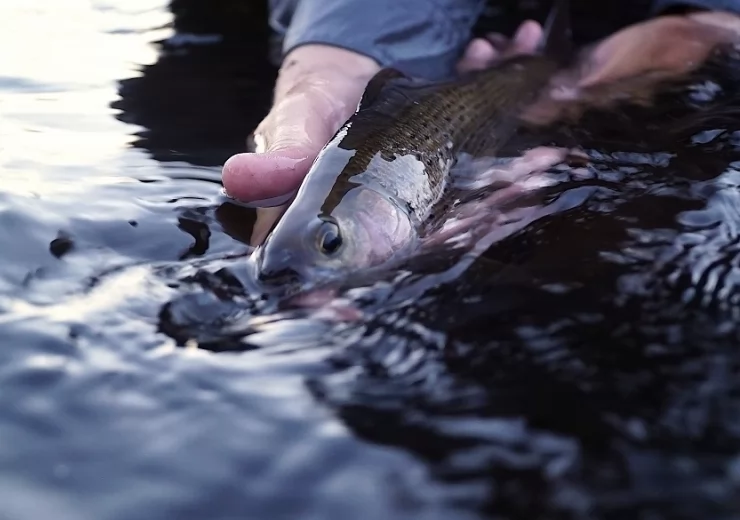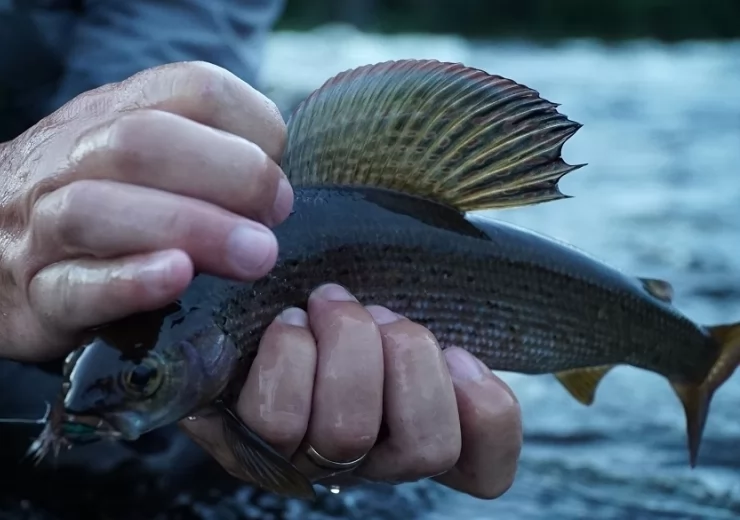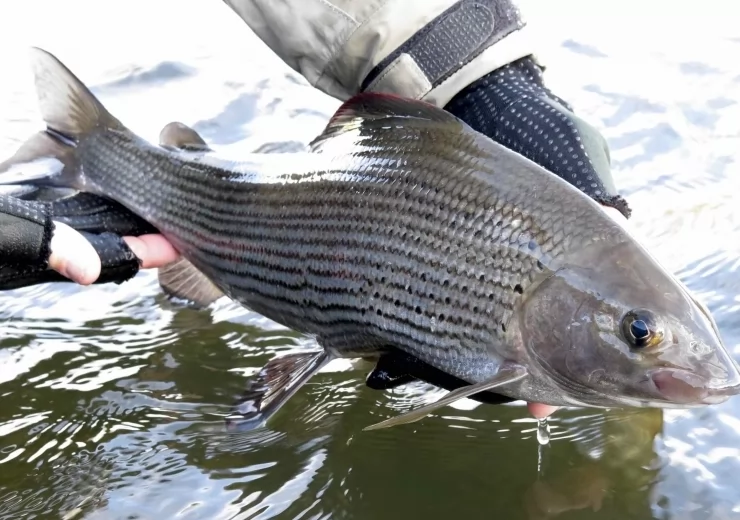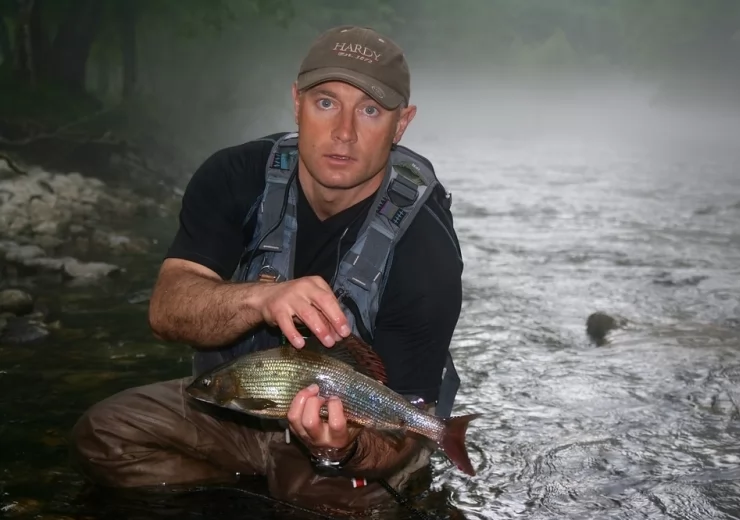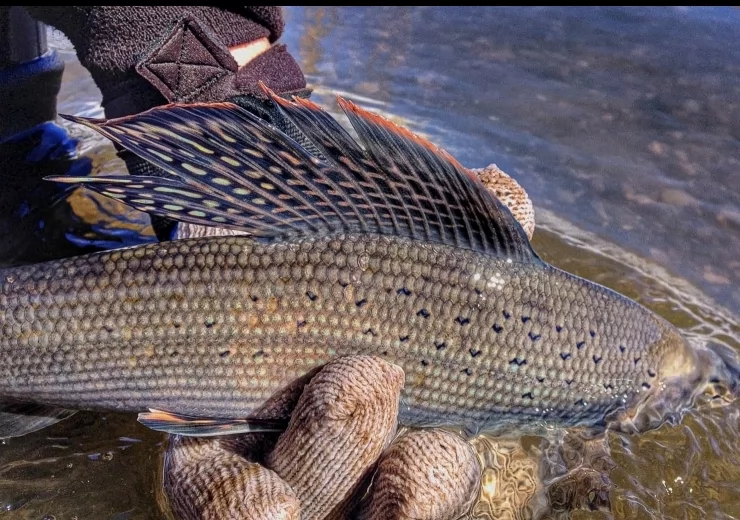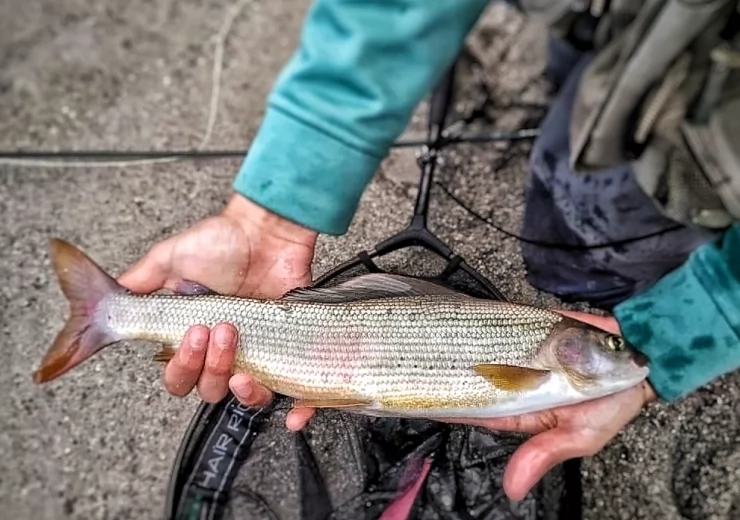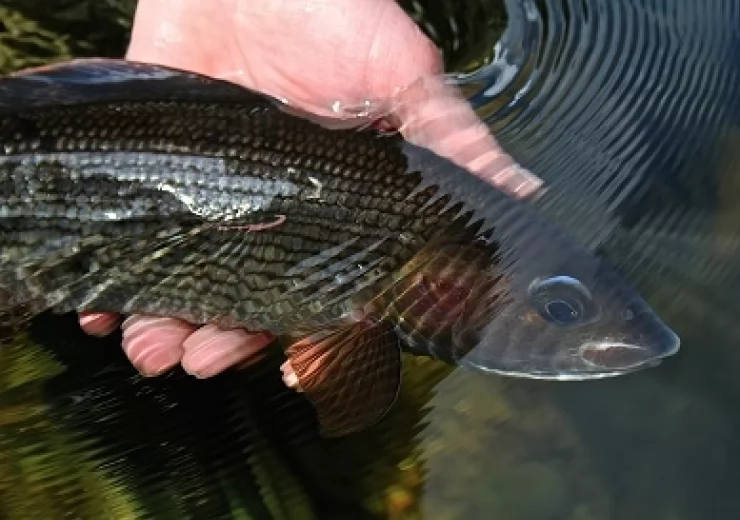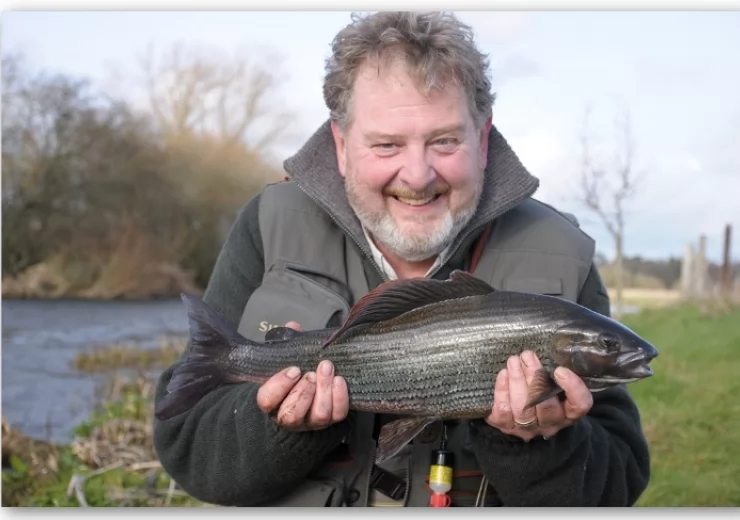Overview
HABITAT
You can find these fish primarily in freshwater habitats. However, some also range into brackish water, a mixture of salt and freshwater. Generally, this species prefers habitats with clean, clear water. They live in creeks, streams, and rivers with running currents. You can also sometimes find these fish in lakes, ponds, and other similar habitats.
FEEDING
The diet of this species varies based on where it lives and what food is available. They are omnivorous, which means that they eat both plant and animal matter. In addition to algae and underwater vegetation, it also feeds on insects, plankton, insect larvae, small fish.
The fishing
Primarily a river fish, the grayling is found in fast, clean rivers, mainly in the upper reaches but it will tolerate clean middle rivers. Fly fishing is the preferred tactic for this game fish, where an angler tries to provoke a fish to bite using an artificial lure known as a fly (a hook dressed up to resemble an insect). Grayling can also be caught using stick float tactics using more traditional baits like maggots, worms and bread.
Gear and equipment
Rods
Good single hand rods for grayling range from short and light 7'6" 3 wts to the standard 9' 5wt,. Some anglers even prefer shorter and lighter rods to be used specifically with dry flies on smaller water. The preferred rod is greatly influenced by not only where and how, but if the rod will double as an all-around trout rod, too. Rods should be of medium to medium/fast action as having the capability to mend line easily is essential to getting good drifts. Grayling are often referred to as "dry fly dumb," meaning that they'll often eat whatever is offered to them. There are times when grayling do get picky and having a good drift with the right offering can mean the difference between hooking up or getting duped.
Reels
Reels for grayling should create good balance with the rod that they are being matched with. Sophisticated drag systems aren't as necessary as they are with trout and salmon outfits. If the reel is being coupled with a larger rod that will be used for trout also, a good drag should be considered. Some anlgers like the sound and feel of the good old "click and pawl" reels. These reels often go great with bamboo and fiberglass rods, which give a vintage feel when fishing.
Lines
Weight forward lines are generally the choice for grayling due to their ease of loading the rod and their wide-spread availability. A double taper is a fine choice as well. When choosing an appropriate weight forward line, err on the side of delicacy over power. Most casts to grayling will be relatively short and a soft presentation is helpful.
Flies
The grayling's diet greatly varies depending on the time of year, location and food abundance. They will eat everything from small midges, snails and nymphs to salmon eggs and terrestrials. It is not unusual for grayling to take mouse patterns that are much too large to fit into their tiny mouths. A nice selection of dries and nymphs is always recommended as are small crystal buggers and leech patterns. In late summer, be sure to have a few egg patterns, flesh and beads if there will be spawning salmon present.
Where to find Grayling?
This species lives throughout Europe. Its range extends from the United Kingdom all the way to Russia. However, it occurs primarily in northern regions, and its populations do not extend into the southern portions of Europe. The southernmost extent of its range runs from Francel, through Serbia and Bulgaria.

